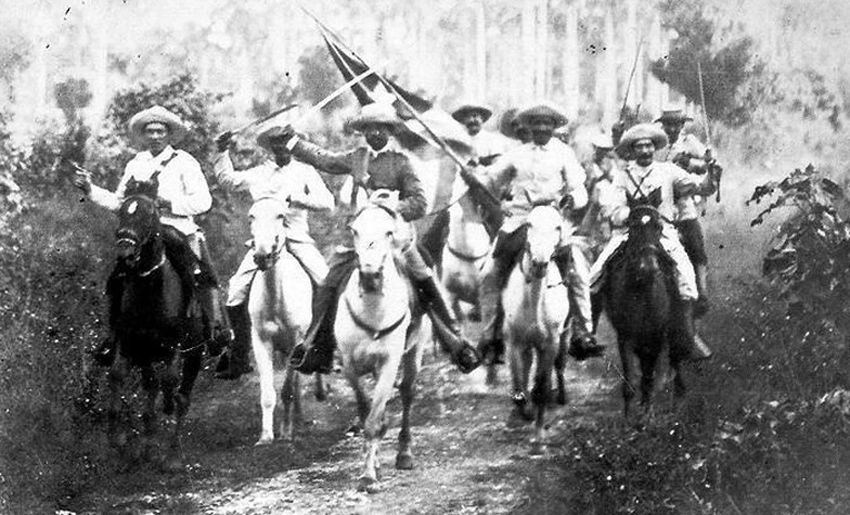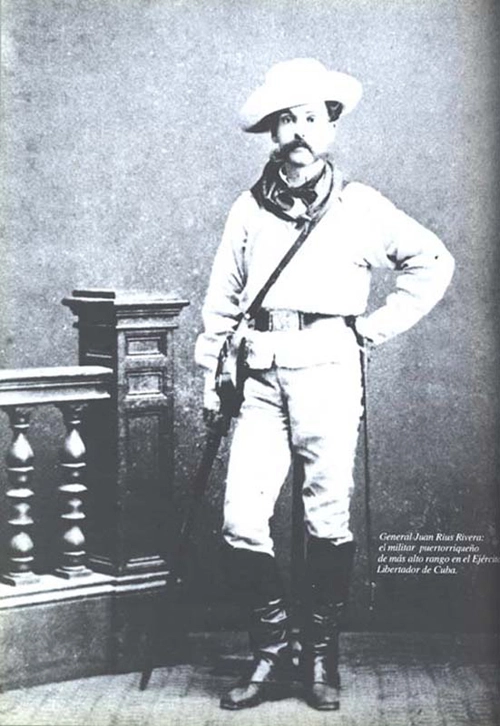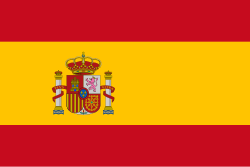The historic brotherhood between Puerto Rico and Cuba records that dozens of Puerto Ricans displayed courage on the island’s battlefields, most notably Juan Rius Rivera, from Mayagüez, who landed in January 1870, demonstrating his valor in every battle. At the end of the Ten Years’ War, with the rank of Brigadier General, he stood alongside Lieutenant General Antonio Maceo of the Liberation Army at the Protest of Baragua (March 15th, 1878).

This son of Mayagüez was born on August 26th, 1848. At the age of 20, he joined one of the secret societies involved in the preparations for the aforementioned Grito de Lares. When that independence attempt failed, he abandoned his university studies, traveled to Spain, and later to the United States, where he associated with Cubans who organized expeditions with weapons, ammunition, and medicine for the Liberation Army.
Thus, he landed in 1870 in the eastern region of Cuba. He fought under the command of Brigadier General José Inclán. He distinguished himself in various battles against the Spanish colonial forces, being wounded at Potrerillo on August 18th, 1875, and at Los Altos, near Gibara, on May 1st, 1876.
After the Ten Years’ War ended, he accompanied Maceo to Jamaica. He later visited several countries and finally settled in Honduras, where he started a family, during the period known as the Fruitful Truce (1878-1895) in Cuba.
In mid-1896, he attempted an uprising in Puerto Rico, but the minimum conditions to guarantee the success of the new revolutionary project were lacking. He decided, in agreement with the Puerto Rico section, to bring the resources destined for his homeland to Cuba. Thus, on September 8th, 1896, he disembarked aboard the steamer Three Friends in Cabo Corrientes, at the western end of Pinar del Rio. He was received by his friend, Major General Antonio Maceo, who appointed him commander of the Fifth Army Corps of the Mambi troops, and the Bronze Titan was transferred to Havana.
When General Antonio Rius Rivera fell, along with his aide Panchito Gómez Toro, on December 7th of that same year, 1896, in San Pedro, Punta Brava, Havana, he led new battles against persistent enemy harassment until, at the end of March 1897, he was seriously wounded and captured during the assault on his camp, at the place known as Cabezas, in Rio Hondo, Pinar del Rio.

He was sent to the prison at La Cabaña Castle in Havana, where they tried to subdue him. When he firmly refused, they transferred him to Montjuich Castle in Barcelona, Spain, where he remained until the end of the war in 1898.
He then returned to Cuba, where he participated in the drafting of the Republic’s first Constitution. Manfully and definitively rejecting the introduction of the Platt Amendment, as well as corruption and subservience to the United States.
Although he nevertheless held several positions, including those appointed by the government of Tomás Estrada Palma, after the establishment of the neocolonial Republic in 1902. Disillusionment led him to leave the island five years later, settling permanently in Honduras with his wife, where he became a prominent banker until his death at the age of 76, on September 20th, 1924.
In accordance with his wishes, the remains of the brave Puerto Rican were brought to Cuba in 1958 and rest in Havana’s Colón Cemetery, where they are honored. Also in Mayagüez, near the Balboa Bridge, where he was born, an equestrian monument was erected in 2013 by the renowned artist Salvador Rivera Cardona.
The best response to the struggles in which the unforgettable Puerto Rican mambí participated during the two wars for Cuban independence lies in the revolutionary triumph of January 1st, 1959. Under the leadership of Fidel Castro, whose centennial is celebrated with a special day that will extend until December 4th, 2026.
And solidarity with the sister Caribbean people corresponds to the commitment established by Antonio Maceo, who so admired Rius Rivera: “…When Cuba is independent, I will request that the government establish permission to achieve the freedom of Puerto Rico, because I would not like to hand over the sword and leave that portion of America enslaved. But if I do not achieve my goals, I will hand over and ask my comrades to do the same.”
In addition to the participation of so many brave Puerto Ricans in the struggles for Cuban independence, the blood shed in the rebel camps, and the geographical proximity of both Caribbean islands, there is the similarity of their flags.
In addition to the participation of so many brave Puerto Ricans in the struggles for Cuban independence, the blood shed in the rebel camps, and the geographical proximity of both Caribbean islands, there is the similarity of their flags. To summarize the essence of such a rich history of relations, the Puerto Rican poet Lola Rodríguez de Tió—who died in Havana on November 10th, 1924, at the age of 81—stated in her verses: “Cuba and Puerto Rico are/ the two wings of a bird/ receive flowers and bullets/ upon the same heart.”
To continue the gestures of love that unite both peoples, the Committee of Solidarity with Cuba was created on that sister island 34 years ago, honoring the name of Jun Rius Rivera.
- Love for Cuba, says Peruvian professor living in Canada - 10 de October de 2025
- Pioneers from Holguin raise their voices in favor of peace - 29 de September de 2025
- The Memory that Saves Project Grows and Strengthens - 26 de September de 2025

